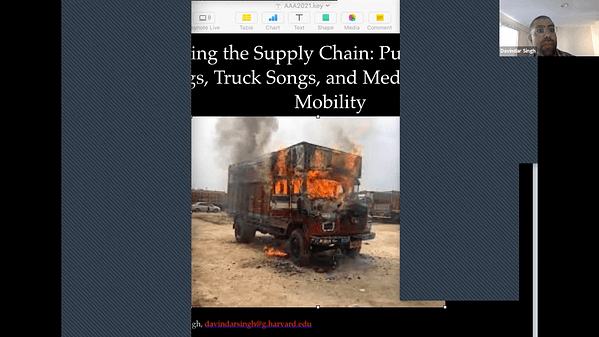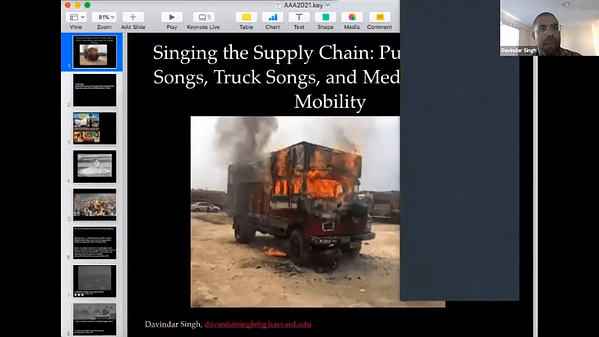Would you like to see your presentation here, made available to a global audience of researchers?
Add your own presentation or have us affordably record your next conference.
keywords:
landscape and spatial studies
american indian/alaska native
ethnography
“Truth and Responsibility” will be addressed through ethnographic work regarding cultural landscapes in Monument Valley on the Navajo Reservation. The theme will be weighed in the relations between indigenous people and the ethnographer, scientific knowledge, and living intangible heritage. Monument Valley became the first Tribal Park of the Navajo Nation in 1958. Families of the Oljato chapter have called the Valley their home since the late nineteenth century. The cultural landscape of Monument Valley takes on two faces: the outward face of tourism, Navajo-run tours, and Navajo jewelry vendors along the designated loop road and private lives in the homesteads sitting out of sight far back in the hinterland, unconnected to public water supply or electricity grids. Most residents balance both words by choice. This paper asks whether “truth” is contained by geological sciences which explain the formation of the buttes and the economic laws of capitalism omnipresent in the tourism industry. I will share insights allowed by my consultants, which picture a different truth of the barren landscape enlivened by Holy People and clan ancestors whose actions perform the land and make it personal. These oral narratives invite further questioning regarding responsibilities of sharing them and with whom; on another level emerge responsibilities of preserving them and how to protect the sustainability of the grandiose physical setting outside of which they become meaningless. A new “truth” has come to dominate: the coronavirus pandemic highlighting the social and economic inequalities on the reservation, linked with a community-based confidence to survive.

